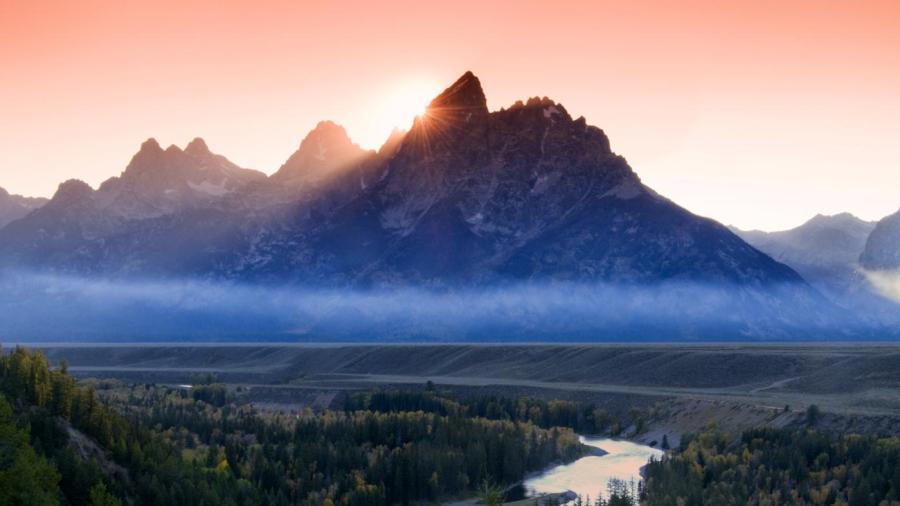What Factors Affect Weather?

The amount of sunlight striking an area, the geographic location of an area, the air pressure surrounding an area and the amount of water in the atmosphere all influence the local weather. Each of these components interacts with the other components, and they may exacerbate or moderate each other.
The amount of sunlight striking an air mass influences its temperature. As the air heats up, it rises in the air column and begins sucking cool air in behind it. This causes the winds that drive much of the planet’s weather systems.
The weather is also affected by the local geography. For example, mountains often block winds and rainfall. This causes one side of the mountain to have very high amounts of rainfall and lush vegetation, while the far side of the mountains remain very dry and desolate.
The air pressure in an area can impede or encourage the flow of weather systems. In general, air masses flow from areas of high pressure towards areas of low pressure. Usually, storms occur in areas of extremely low pressure.
The amount of water in the atmosphere affects the local humidity and rainfall. Air masses that move across bodies of water often draw water up into the air before depositing it somewhere else as rain, snow or sleet.





